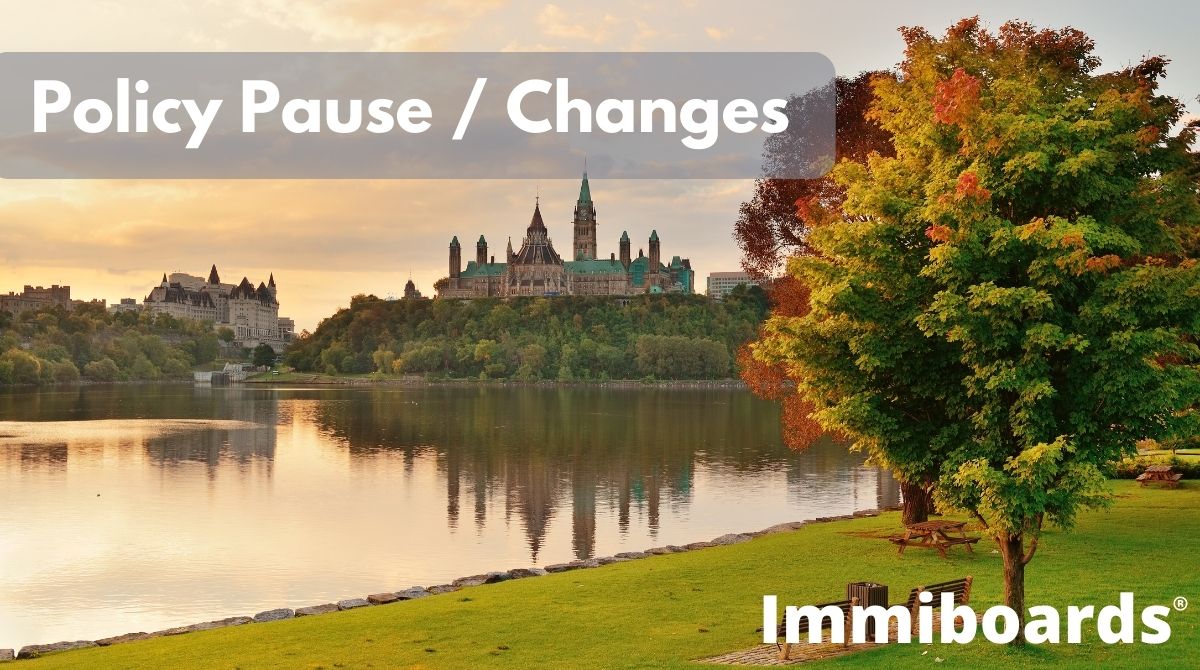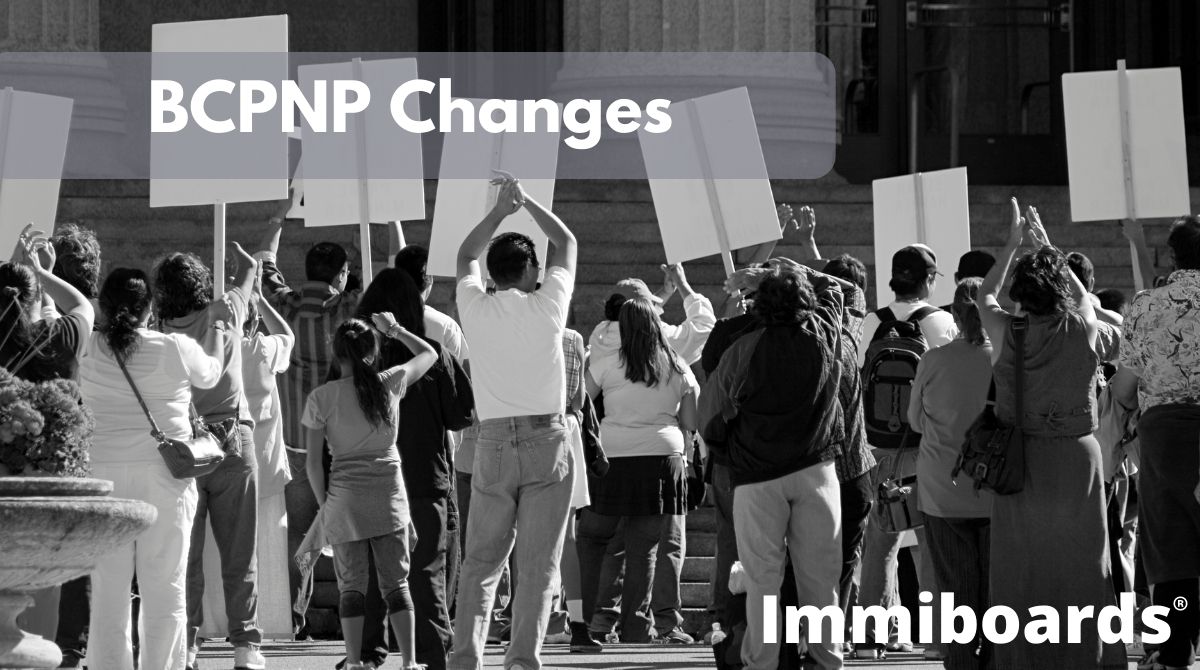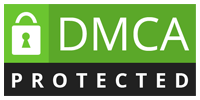OTTAWA – In the latest Express Entry draw conducted by Immigration, Refugees and Citizenship Canada (IRCC), a total of 1,500 invitations were issued to candidates under the Healthcare Occupations (2023-1) program. The draw, officially known as Express Entry Draw 255, took place on July 6, 2023, at 14:25:05 UTC.
| # | Date | Immigration program | Invitations issued | CRS score of lowest-ranked candidate invited |
|---|---|---|---|---|
| 255 | July 6, 2023 | Healthcare occupations (2023-1) | 1,500 | 463 |
| 254 | July 5, 2023 | STEM occupations (2023-1) | 500 | 486 |
| 253 | July 4, 2023 | No Program Specified | 700 | 511 |
| 252 | June 28, 2023 | Healthcare occupations (2023-1) | 500 | 476 |
To receive an invitation to apply, candidates needed to have a rank of 1,500 or above. The cut-off score for the Comprehensive Ranking System (CRS) of the lowest-ranked candidate invited was 463. This means that individuals with a CRS score of 463 or higher were included in this draw.
In cases where multiple candidates had the same CRS score, the tie-breaking rule was applied. The tie-breaking rule for this draw was based on the date and time when candidates submitted their Express Entry profiles. Candidates who had submitted their profiles before June 19, 2023, at 06:41:05 UTC, were prioritized for selection.
The invitations to apply (ITAs) issued in this draw were not limited to a specific immigration program. Candidates who qualified under the Federal Skilled Worker Program, Canadian Experience Class, and Federal Skilled Trades Program were all eligible to receive ITAs.
The Healthcare Occupations (2023-1) program encompasses a wide range of professions within the healthcare sector. The occupations include audiologists and speech language pathologists, chiropractors, dentists, dieticians and nutritionists, education counsellors, general practitioners and family physicians, instructors of persons with disabilities, kinesiologists, and other professional occupations in therapy and assessment.
Furthermore, licensed practical nurses, massage therapists, medical laboratory assistants and technologists, medical radiation technologists, medical sonographers, nurse aides, orderlies and patient service associates, nurse practitioners, nursing coordinators and supervisors, occupational therapists, optometrists, and other assisting occupations in support of health services were also included.
The list continues with practitioners of natural healing, professional occupations in health diagnosing and treating, technical occupations in therapy and assessment, paramedical occupations, pharmacy technical assistants and assistants, physician assistants, midwives, and allied health professionals, physiotherapists, psychologists, registered nurses, registered psychiatric nurses, respiratory therapists, clinical perfusionists, cardiopulmonary technologists, specialists in clinical and laboratory medicine, specialists in surgery, therapists in counseling and specialized therapies, traditional Chinese medicine practitioners, acupuncturists, and veterinarians.
The Express Entry system serves as the primary pathway for skilled immigrants who wish to obtain permanent residence in Canada. It allows the federal government to manage applications for three key economic immigration programs, namely the Federal Skilled Worker Program, Canadian Experience Class, and Federal Skilled Trades Program.
Candidates who receive an ITA through Express Entry are given the opportunity to apply for permanent residence, after which they undergo a thorough assessment of their qualifications and background.
For more information and a comprehensive list of occupations included in the Healthcare Occupations (2023-1) program, interested individuals can visit the official webpage of IRCC: https://www.canada.ca/en/immigration-refugees-citizenship/corporate/mandate/policies-operational-instructions-agreements/ministerial-instructions/express-entry-rounds/invitations.html?q=255.
The recent Express Entry Draw 255 not only brought 1,500 invitations for healthcare professionals but also highlighted a significant shift in the selection process. The Immigration, Refugees and Citizenship Canada (IRCC) has transitioned to a category-based draw system, which aims to prioritize specific categories of candidates based on Canada’s economic and social needs. This innovative approach reflects the government’s commitment to a more targeted immigration strategy.
For the year 2023, several categories have been shortlisted, encompassing French-language proficiency, healthcare occupations, STEM occupations, trade occupations, transport occupations, and agriculture and agri-food occupations. This new approach allows IRCC to proactively address the demand for skilled workers in these vital sectors while enhancing Canada’s overall economic growth.
With the implementation of category-based draws, Express Entry continues to evolve, ensuring a more efficient and responsive immigration system that aligns with Canada’s evolving needs.






